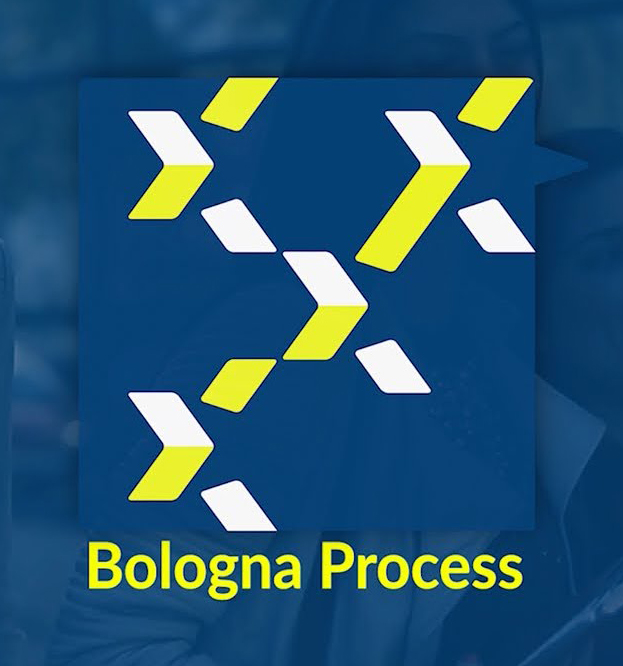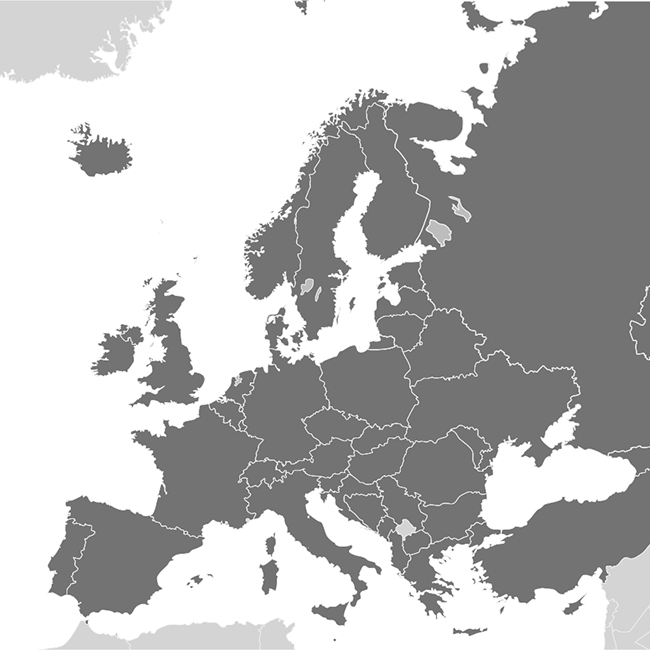+357 22 841572 rectorsoffice@unic.ac.cy 46 Makedonitissas Avenue, Nicosia 2417, Cyprus
About BOLOGNA PROCESS
Launched in 1999 by the Ministers of Education and university leaders of 29 countries, the Bologna Process created the European Higher Education Area (EHEA), which has further developed into a major reform encompassing 49 EU countries and the European Commission. Being a member of EHEA and taking part in the Bologna Process is a voluntary decision made by each country and its higher education community to endorse the principles underlined in the European Higher Education Area.
The Bologna Process does not aim to harmonise national educational systems but rather to provide tools to connect them. The intention is to allow the diversity of national systems and universities to be maintained while the European Higher Education Area improves transparency between higher education systems, as well as implements tools to facilitate recognition of degrees and academic qualifications, mobility, and exchanges between institutions. The reforms are based on ten simple objectives which governments and institutions are currently implementing. Most importantly, all participating countries have agreed on a comparable three cycle degree system for undergraduates (Bachelor degrees) and graduates (Master and PhD degrees).


The main actors in the Bologna Process are:
All actors are involved in the Bologna Follow Up Group (BFUG) which meets regularly to further elaborate on the 10 action lines and supports the implementation of the Bologna Declaration. A ministerial meeting is held every two years to take stock of the latest implementation stage and review its course. Decisions are reached by consensus.